Container Grown Almond Tree Care: How To Grow An Almond In A Container
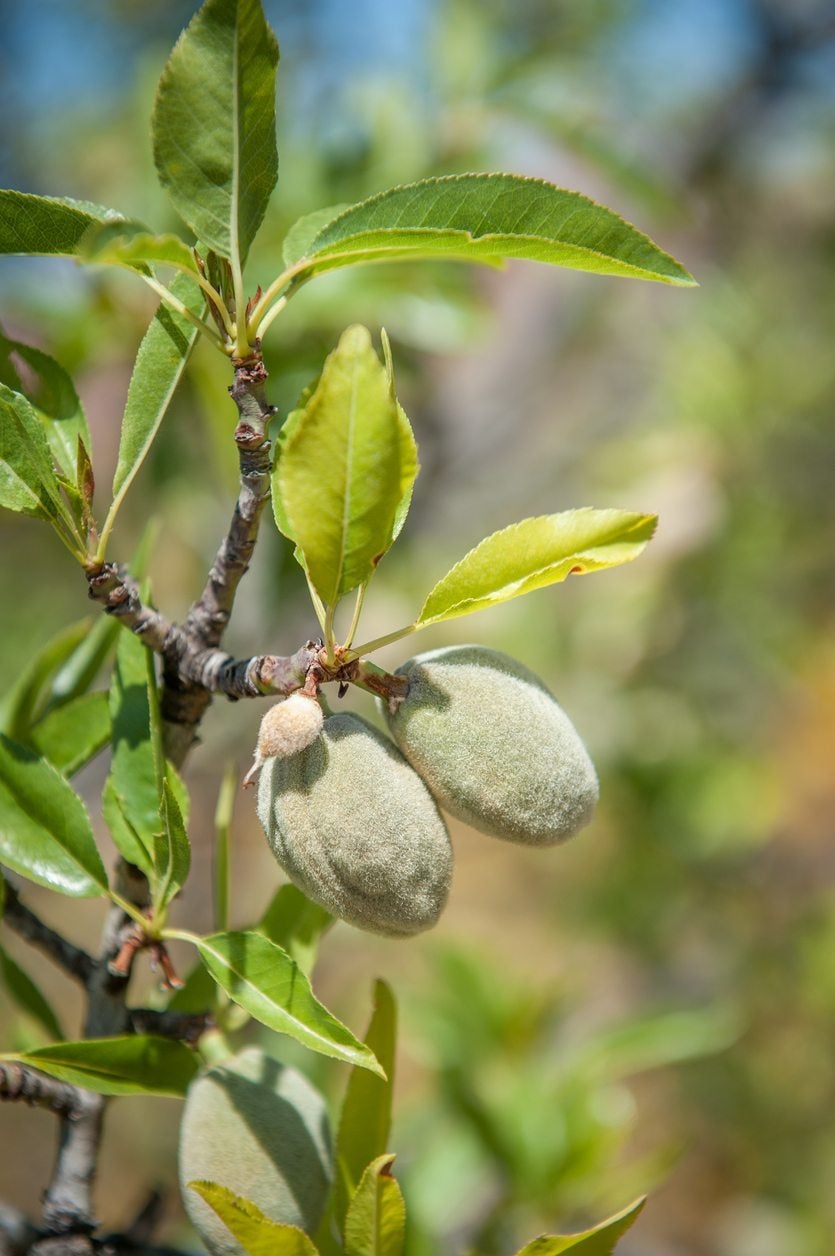

Can you grow almonds in containers? Almond trees prefer to grow outside, where they are easy to get along with and require minimal care. However, they are easily damaged if temperatures drop below 50 degrees F. (10 C.). If you live in a fairly cool climate, you may have success growing an almond tree in a pot. You may even harvest a few nuts after about three years. Read on to learn more about container-grown almond trees.
How to Grow an Almond in a Container
To grow an almond tree in a pot, start with a container that holds at least 10 to 20 gallons (38-75 L.) of potting soil. Be sure the pot has at least one good drainage hole. Consider a rolling platform or container because your container-grown almond tree will be very heavy and difficult to move. Mix in a generous amount of sand; a container-grown almond tree needs coarse soil. The following tips on growing an almond tree in a pot may be helpful as you’re starting out: An almond tree in a pot is happiest with temperatures between 75 and 80 degrees F. (24-27 C.). Place container-grown almond trees safely away from drafty windows and air-conditioning vents when indoors. Once cooler temps approach, you’ll have to bring your tree inside. Place the almond tree in a window where it receives afternoon sunlight. Almond trees require lots of light, so provide artificial light if natural light is insufficient. Water your almond tree deeply until water trickles through the drainage hole, then don’t water again until the top 2 to 3 inches (5-8 cm.) of soil feels dry to the touch – usually about once a week depending on temperature. Never allow the pot to stand in water. Keep in mind that the tree will tolerate lower light and decreased water when it enters dormancy during the winter months. Prune container-grown almond trees yearly during the dormant period. Almond trees can reach 35 feet (11 m.) outdoors, but they can be maintained at about 4 to 5 feet (1-1.5 m.) in containers. Fertilize your almond tree in spring and fall after the first full year using a high-nitrogen fertilizer.
Gardening tips, videos, info and more delivered right to your inbox!
Sign up for the Gardening Know How newsletter today and receive a free copy of our e-book "How to Grow Delicious Tomatoes".

A Credentialed Garden Writer, Mary H. Dyer was with Gardening Know How in the very beginning, publishing articles as early as 2007.
-
 How To Make A Bouquet Garni Or Herb Bundle For Cooking
How To Make A Bouquet Garni Or Herb Bundle For CookingIf you’re a great cook, you may have made an herb bundle before. If this is a new idea, learn how to add sparkle and interest to your dish with a bouquet garni.
By Amy Grant
-
 ‘Coral Charm’ Peony Care For Sublime Semi-Double Peonies With Lush Salmon Pink Flowers
‘Coral Charm’ Peony Care For Sublime Semi-Double Peonies With Lush Salmon Pink FlowersPeonies are known for their soft baby pink or magenta tones, but if plushy coral blooms are your thing, here’s our guide to the ultimate ‘Coral Charm’ peony care
By Tonya Barnett
-
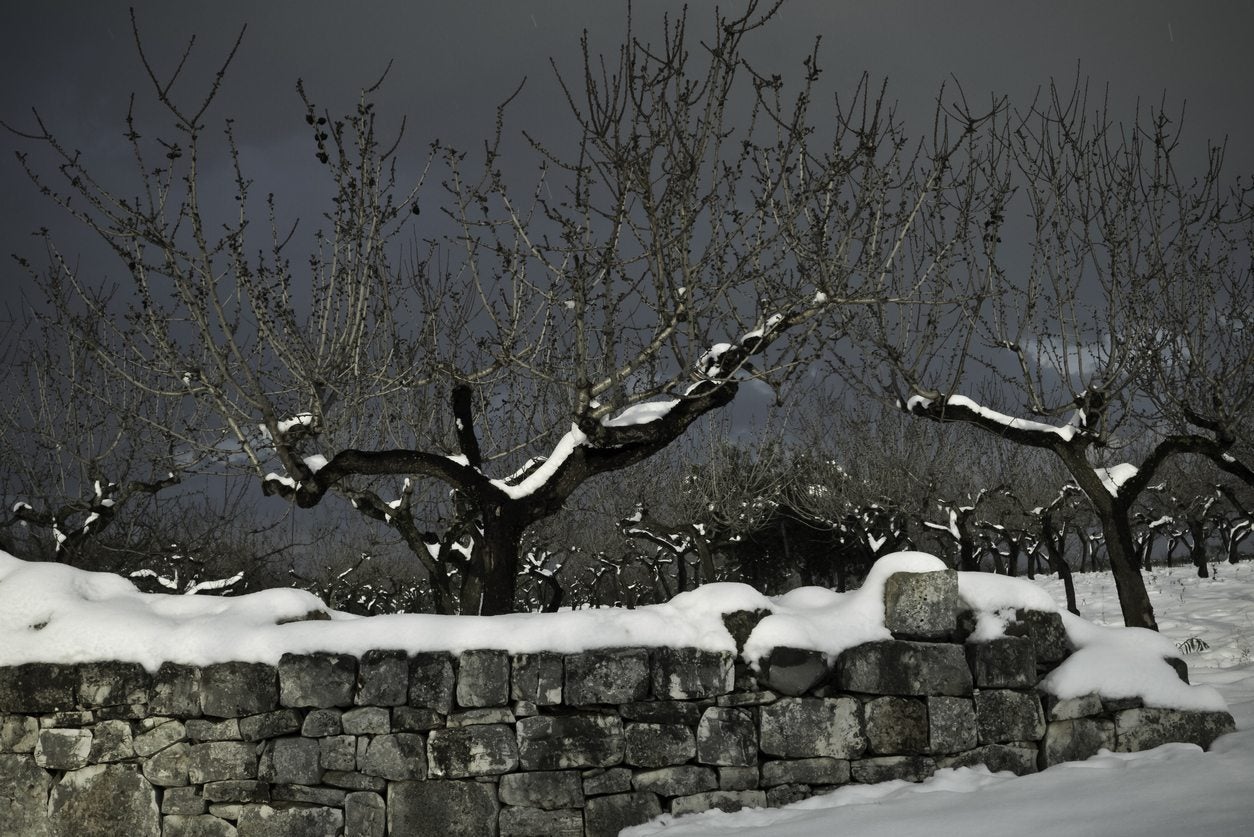 Almond Winter Care – What To Do With Almonds In Winter
Almond Winter Care – What To Do With Almonds In WinterWith early blooms in mild climates, almond trees are making their way into the landscape, providing homeowners with early spring blooms, healthy nuts and an attractive landscape plant. Click this article for tips on what to do with almonds in the winter.
By Darcy Larum
-
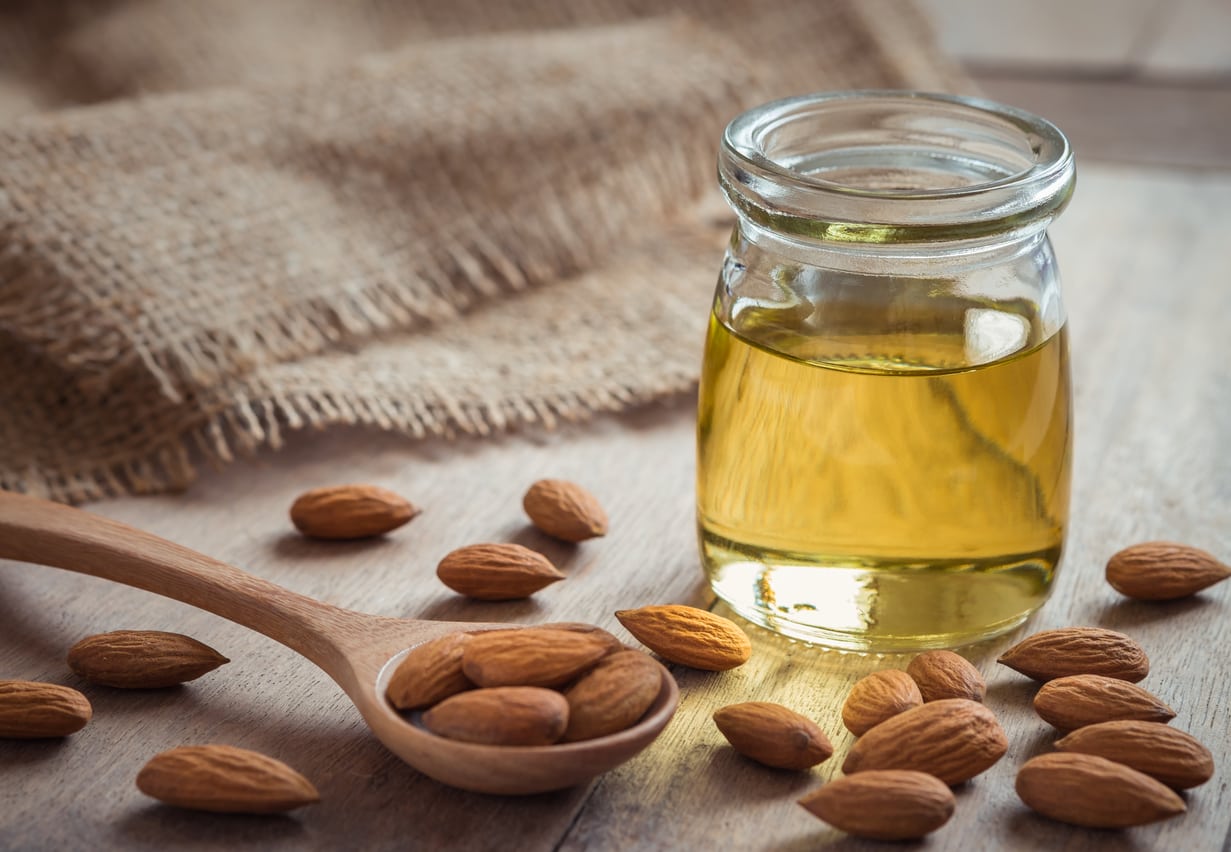 Almond Oil Information: Tips For Using Almond Oil
Almond Oil Information: Tips For Using Almond OilAlmond oil is nothing new. But exactly what is almond oil and how do you use it? The following article contains almond oil information. Learn about the uses of almond oil and more. Click here to learn more.
By Amy Grant
-
What Is Hull Rot: Learn How To Avoid Rotting Nut Hulls
Almond hull rot is a fungal disease that affects the hulls of nuts on almond trees. It can cause big losses in almond farming, and the occasional backyard tree. Understanding basic identifying factors can help you manage this disease. Learn more in this article.
By Mary Ellen Ellis
-
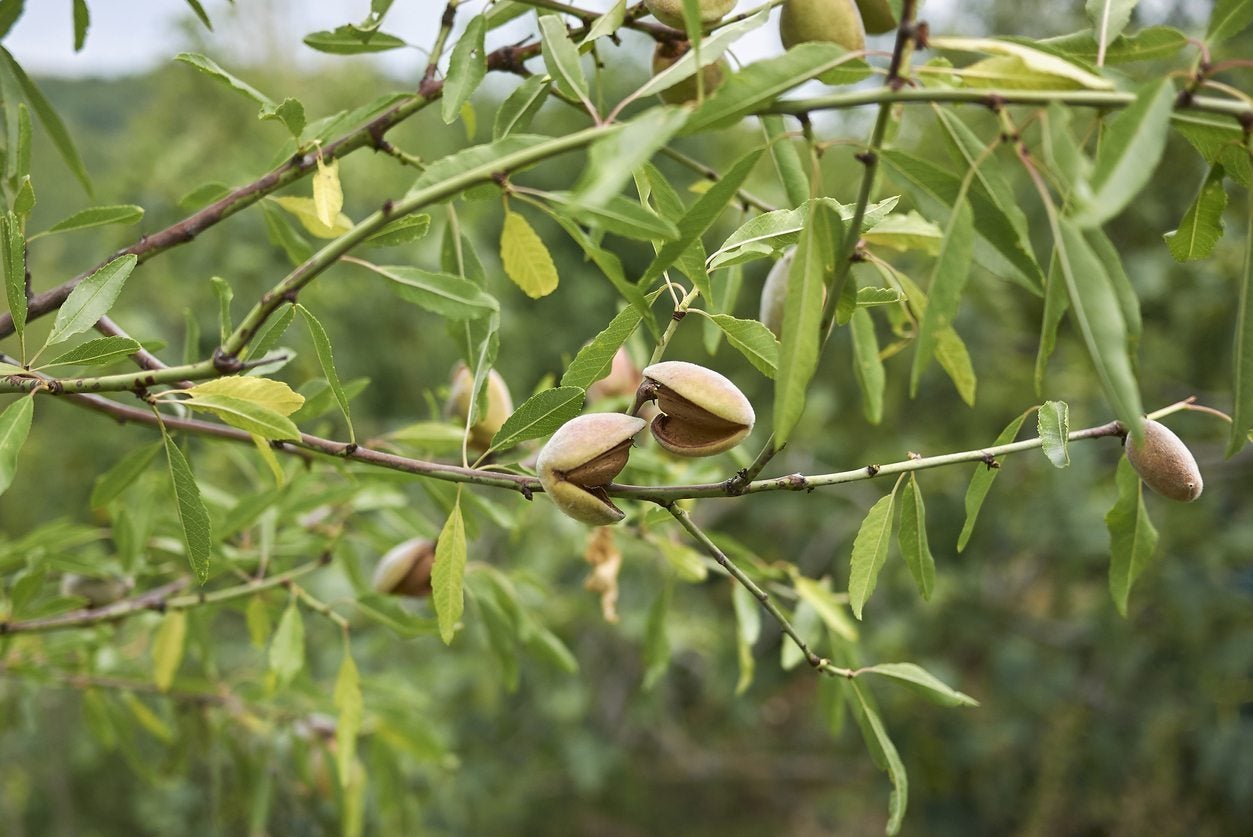 Can You Grow Almonds From Cuttings – How To Take Almond Cuttings
Can You Grow Almonds From Cuttings – How To Take Almond CuttingsAlmonds are usually propagated by budding or grafting. How about rooting almond cuttings? Can you grow almonds from cuttings? Find out how to take almond cuttings and other information about propagating almonds from cuttings in this article.
By Amy Grant
-
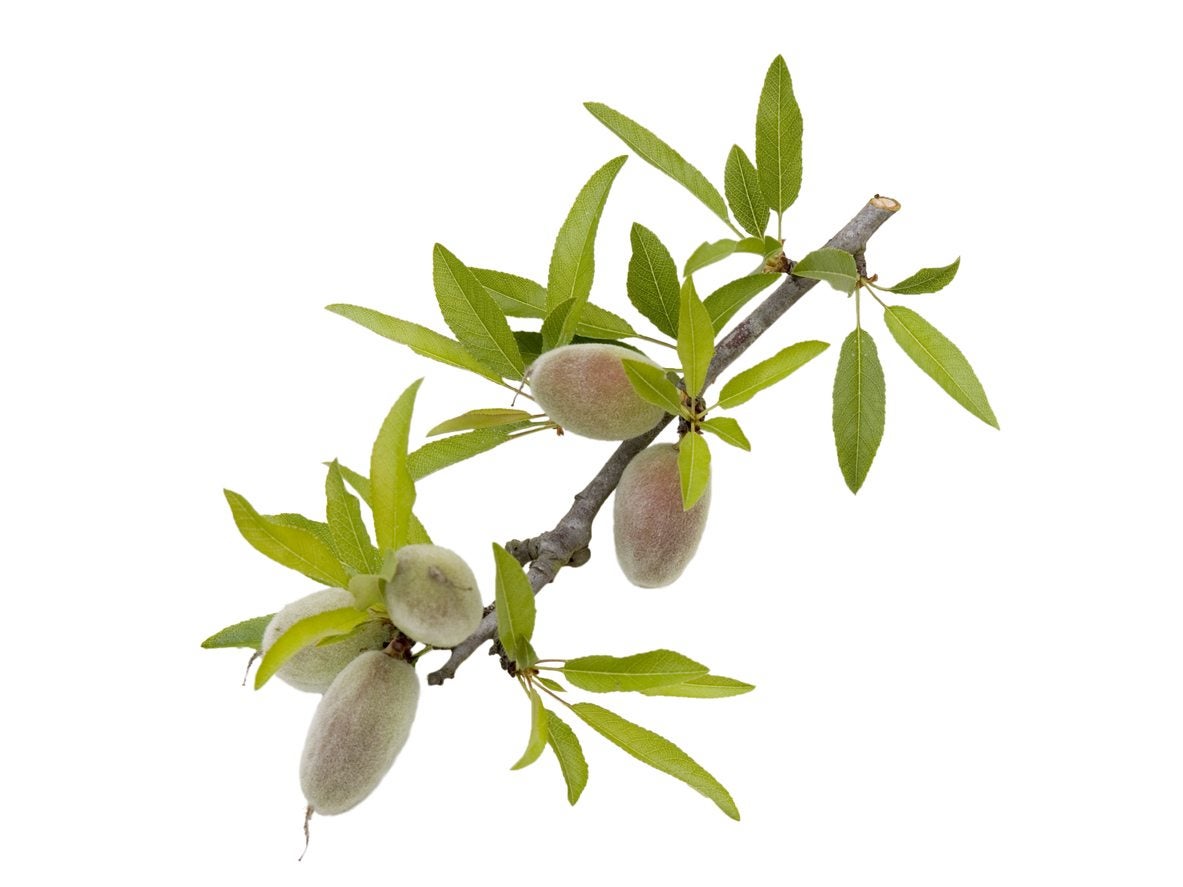 Almond Propagation Methods: Tips On Propagating Almond Trees
Almond Propagation Methods: Tips On Propagating Almond TreesAlmond trees have become a popular nut tree for home gardens around the world. They can be purchased from garden centers and nurseries, or propagated at home from an existing almond tree. Click here to learn how to propagate an almond tree.
By Darcy Larum
-
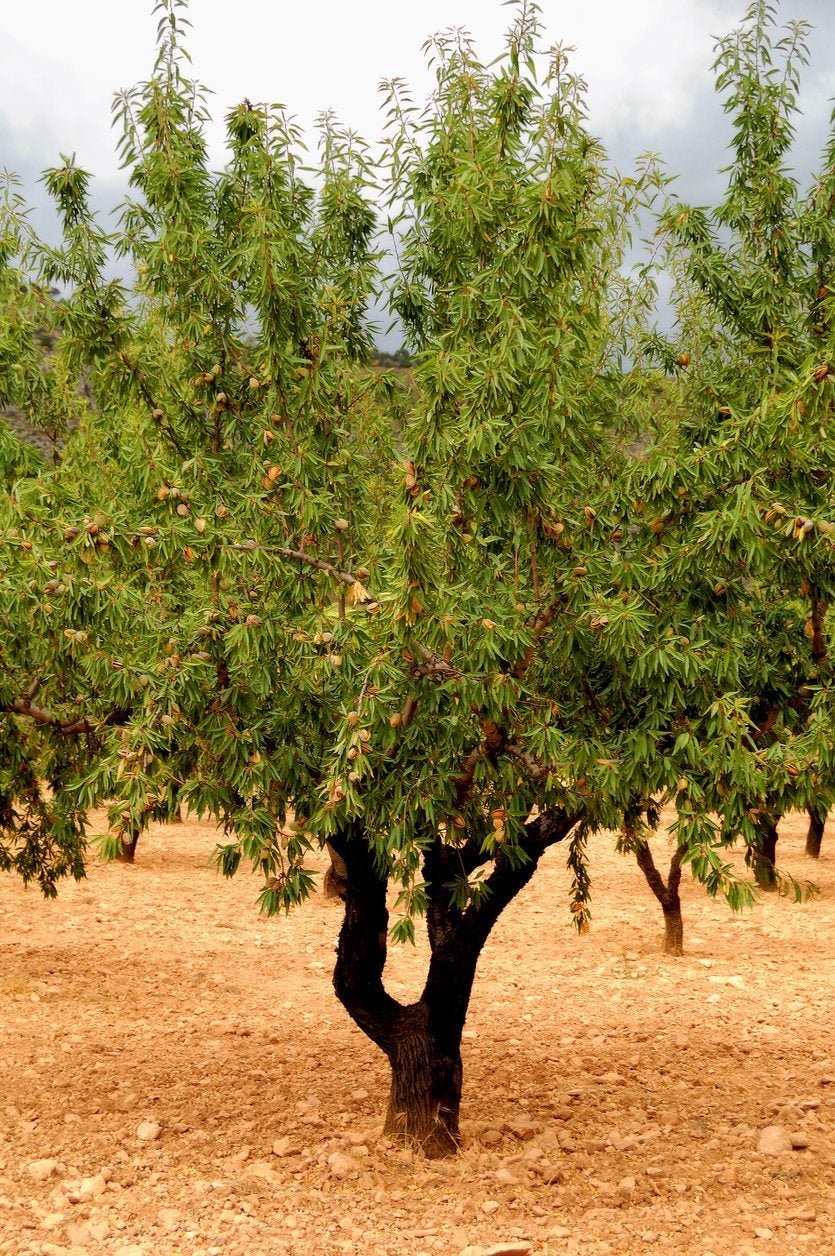 Moving An Almond Tree – How To Transplant Almond Trees
Moving An Almond Tree – How To Transplant Almond TreesDo you have an almond tree that for one reason or other needs to be moved to another location? Then you're probably wondering if you can transplant an almond? If so, click on this article for some helpful almond transplant tips.
By Amy Grant
-
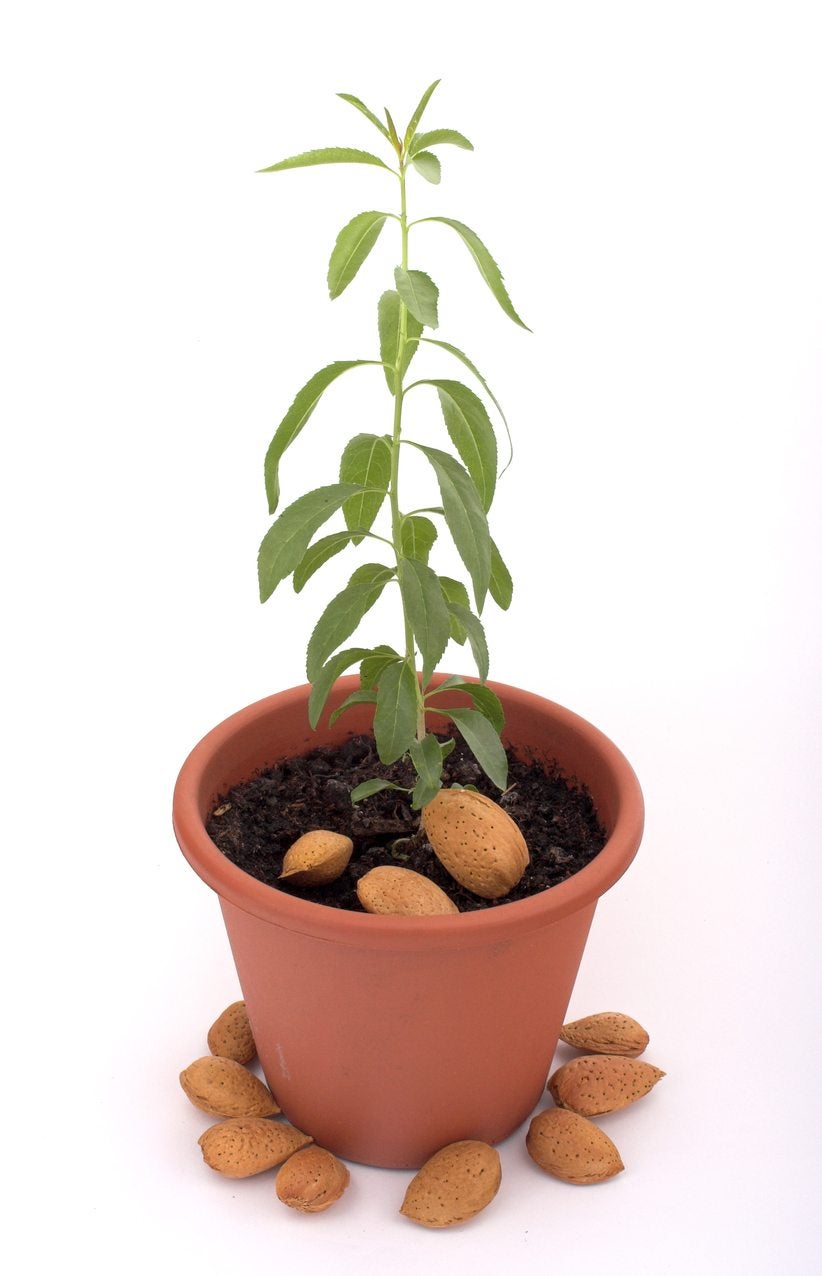 Planting Almond Nuts – How To Grow An Almond From Seed
Planting Almond Nuts – How To Grow An Almond From SeedAlthough almond germination does take a little know how, propagating your own seed grown almond trees is definitely a fun project for the novice or avid home gardener. Click on the following article to find out how to grow an almond from seed.
By Amy Grant
-
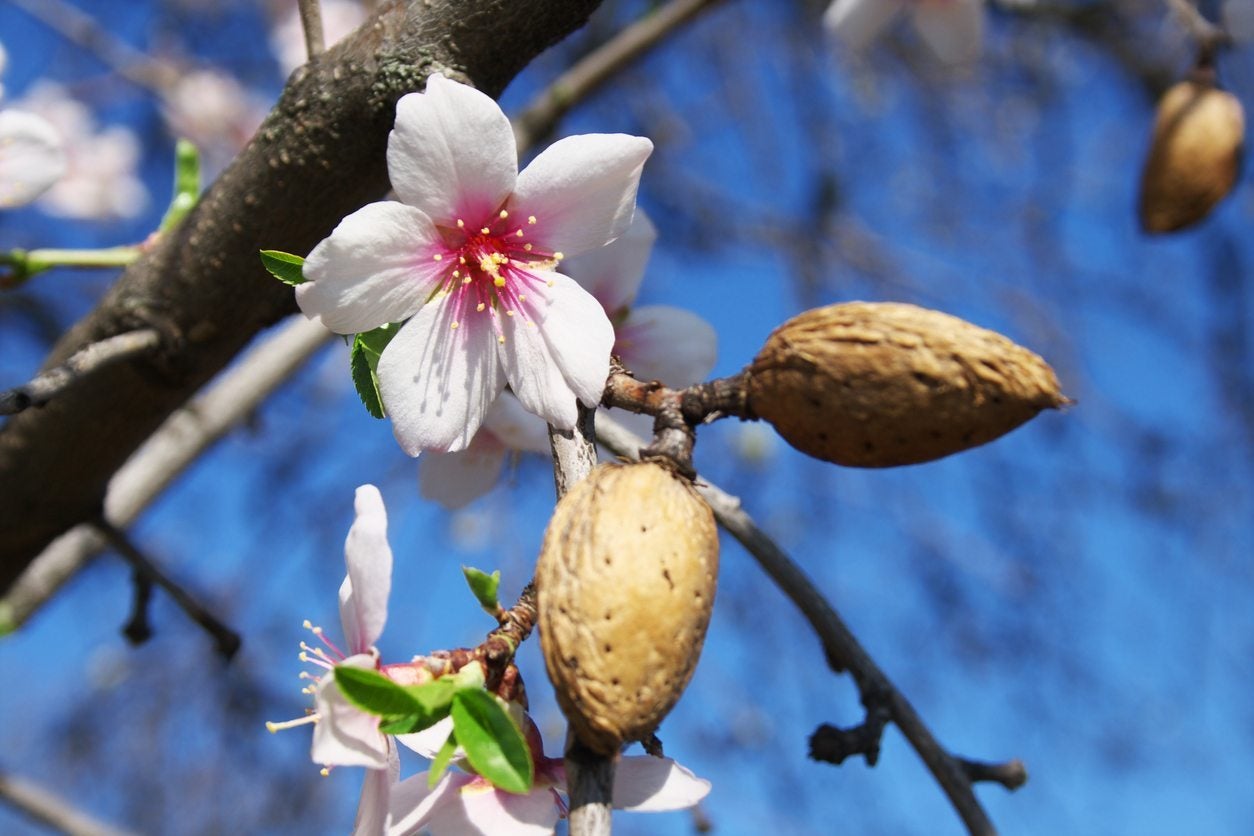 Almond Pest Control – Recognizing Almond Tree Pest Symptoms
Almond Pest Control – Recognizing Almond Tree Pest SymptomsUnfortunately, humans aren?t the only ones that enjoy almonds; there are lots of bugs that eat almonds, or the tree?s foliage. When treating pests on almond trees, it?s important to recognize almond tree pest symptoms. The following article can help with that.
By Amy Grant